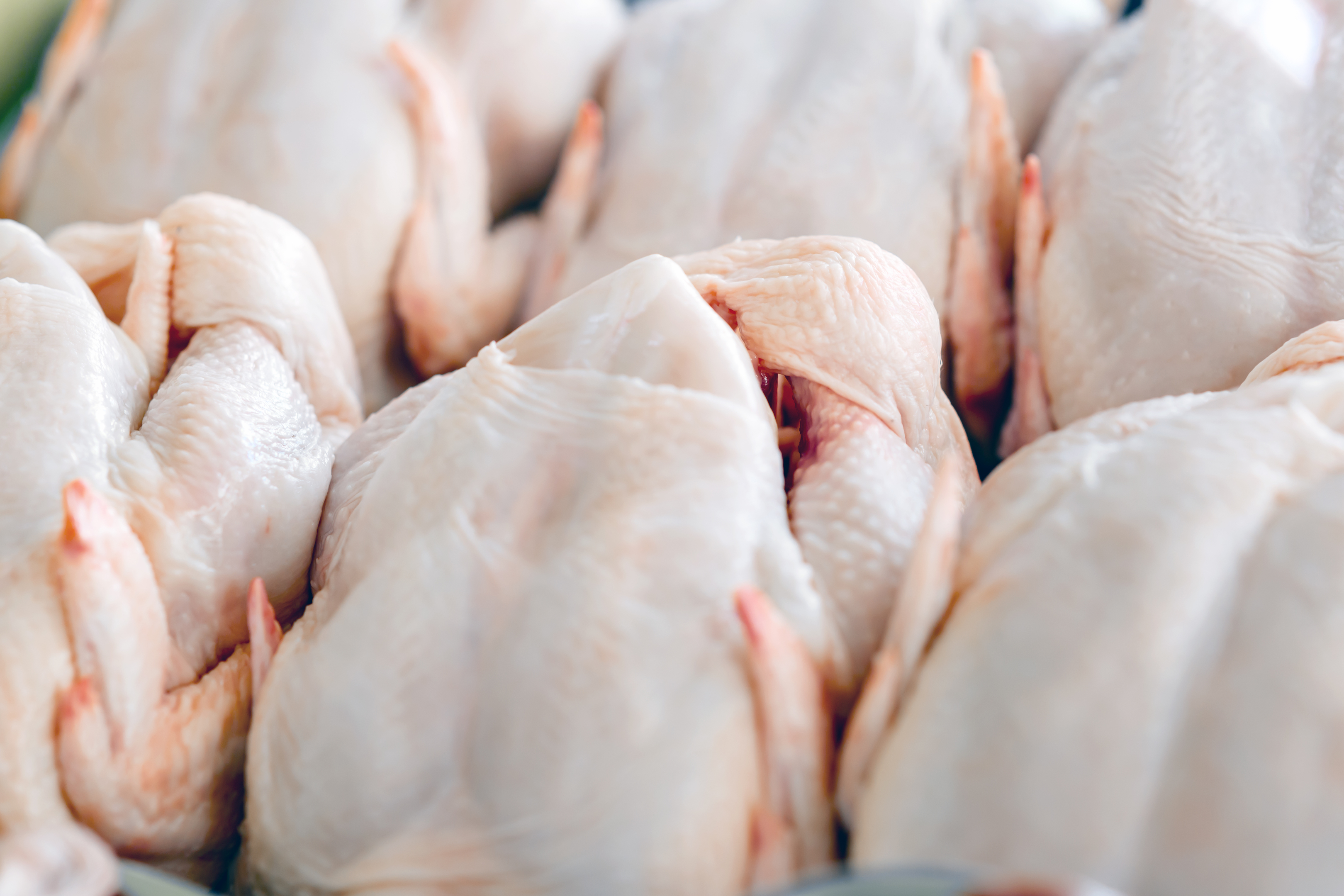
A post-Brexit trade deal with the US could result in UK consumers eating chlorinated turkey, chicken and other poultry that has been washed in chemicals but remains “dirty”, food policy experts have said.
A briefing paper prepared by three professors said British shoppers would be safer if the UK kept European Union standards on food production and called for future controls to be “stricter, not weaker”.
The report, released on Monday, comes after Donald Trump’s commerce secretary Wilbur Ross said during a visit to the UK last month that compliance with EU food standards on GM crops and chlorine-washed chicken could pose problems in negotiations between the US and UK following Brexit.
Mr Ross claimed the EU restrictions were “really not science-based”.
The report said gaps in available scientific knowledge were so great that the use of the chemicals in the US was not “on the basis of sound science” – and accused Mr Ross of indulging in “wishful thinking”.
Professor Erik Millstone, from the University of Sussex, worked with professors Tim Lang (City, University of London) and Terry Marsden (Cardiff University), to write the paper.
Prof Millstone said: “The UK should continue to insist on improving hygiene standards in poultry farms, slaughter houses and meat-cutting plants and not allow standards to decline, nor try relying on chemical disinfectants to reduce the harm that filthy meat can cause.
“UK consumers would be safer to keep EU standards and not to accept US disinfectant-washed-but-still-dirty poultry.”
The team compared current UK and EU standards with those in the US, where poultry is washed in up to four chemical disinfectants called pathogen reduction treatments (PRTs) and statistics show 97% of chicken breast meat contains pathogens such as salmonella and E.coli.
They found the chemicals were also used there to wash fruit, vegetables and fish which Prof Lang said “shocked” them.
The authors said PRTs were used to reduce the amount of “filth” – especially excrement – on the meat but did not eliminate bacterial contamination.
In the EU, where the only liquid producers are allowed to wash meat with is potable water, the approach is to “require the poultry trade to deliver carcasses and cuts of meat that are sufficiently clean that they do not require washing in disinfectant,” they wrote.
The paper warned the use of chemical disinfectants by the US food industry posed risks to consumers and workers in the industry.
It also said the use of PRTs may worsen the chances that disinfectant-resistant bacteria will emerge.
Prof Marsden said: “This is one of a series of food safety concerns of which consumers need to be aware as the Brexit process continues.
“The UK needs to improve its intensive food production and processing standards and not put both animals and consumers at risk.”
The professors made a series of recommendations including calling on the UK Government to make an “explicit and enduring” commitment to maintaining food safety and quality standards at least at current levels and for consumers to reject “US disinfectant-washed” poultry.

Enjoy the convenience of having The Sunday Post delivered as a digital ePaper straight to your smartphone, tablet or computer.
Subscribe for only £5.49 a month and enjoy all the benefits of the printed paper as a digital replica.
Subscribe